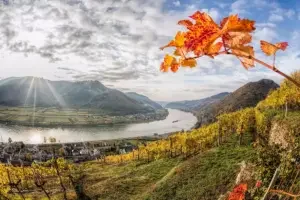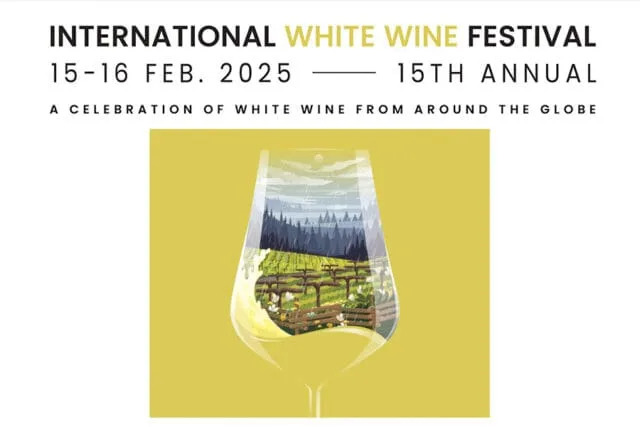David Schildknecht considers the various methods open to winegrowers confronted by the enormous changes and challenges created by climate change, and finds that many of the lessons learned apply far beyond the vineyard.
Addressing climate disruption is oft conceived by wine growers as rolling back on, or holding the line against, rising must weights, diminishing acidity, and increasingly early harvests. The lesson from recent successes in those endeavors seems to be, The more things change, the more they can stay the same. Altered approaches to vineyard management, harvest strategy, and vinification have proven remarkably efficacious, grape varieties themselves surprisingly resilient, and recent achievements will be significantly augmented by attending to vineyard ecosystems and vine genetics. But the converse holds, too: The less practices in the nursery, vineyard, or cellar change, the more climate change will usher growers into uncharted territory. Change methods to preserve continuity or else brace oneself for inevitable change in wine profile. Prudent growers might do both. The potential of methodological modifications is far from fully explored; the potential for major stylistic disruption correspondingly underappreciated. Exacerbating climatic challenges is enhanced demand for lower alcohol, higher acidity, and savory flavors. Ironically, a warming globe may well be part of what’s driving the appeal of sensory characteristics that it renders harder to achieve; whereas traits that consumers are deemphasizing—fruit ripeness, textural richness, body—could, if desired, be realized more easily than ever. To speak of “staying the same” might thus seem misleading—were not turn-of-the-century stylistic tendencies being increasingly perceived
This Article was originally published on World of Fine Wine







